An air lock in a toilet can be a frustrating issue, disrupting the proper functioning of the plumbing system. This problem occurs when air becomes trapped in the pipes, creating a blockage that prevents water from flowing smoothly.
Fortunately, fixing an air lock is often a straightforward process that doesn’t require professional assistance. This guide explores the key aspects of how to fix air lock in toilet. With the right tools and approach, you can resolve the issue and restore your toilet to normal operation in no time.
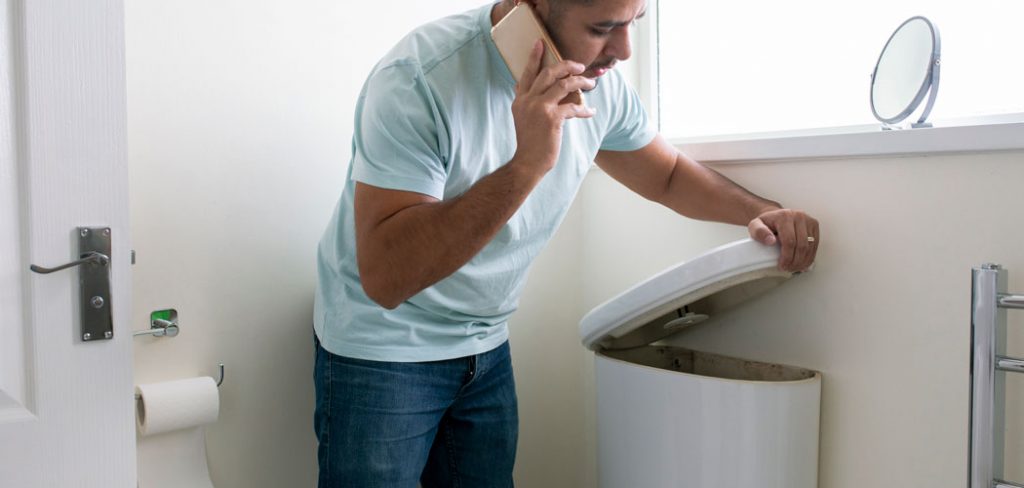
Common Signs of an Air Lock
Recognizing the signs of an air lock in your toilet is the first step toward resolving the issue. Common indicators include:
- Gurgling Sounds – You might hear unusual gurgling noises coming from the toilet or nearby drains, signaling trapped air in the plumbing system.
- Slow or Erratic Flushing – An air lock can cause the toilet to flush incompletely or inconsistently, leaving water and waste partially drained.
- Water Backflow – If water starts to back up into the toilet bowl after flushing, it may indicate that air is obstructing the pipes.
- Low Water Flow – A noticeable reduction in water pressure or flow when flushing is another telltale sign of an air lock.
- Persistent Blockage Symptoms – Even after attempting to clear a blockage using standard methods, the problem persists due to air trapped in the pipes.
If you observe one or more of these signs, it’s likely that an air lock is disrupting your toilet’s functionality.
Why Fixing an Air Lock is Important
Addressing an air lock in your toilet promptly is crucial to maintaining a functional and efficient plumbing system. Left unresolved, an air lock can lead to persistent flushing issues, water wastage, and potential damage to your plumbing infrastructure.
This blockage can disrupt the balance of water flow, putting additional strain on other components of the system and increasing the likelihood of more severe clogs or leaks. Furthermore, unresolved air locks can contribute to unhygienic conditions due to improper waste removal.
By fixing the problem early, you ensure that your toilet operates smoothly, conserve water, and prevent costly repairs in the future.
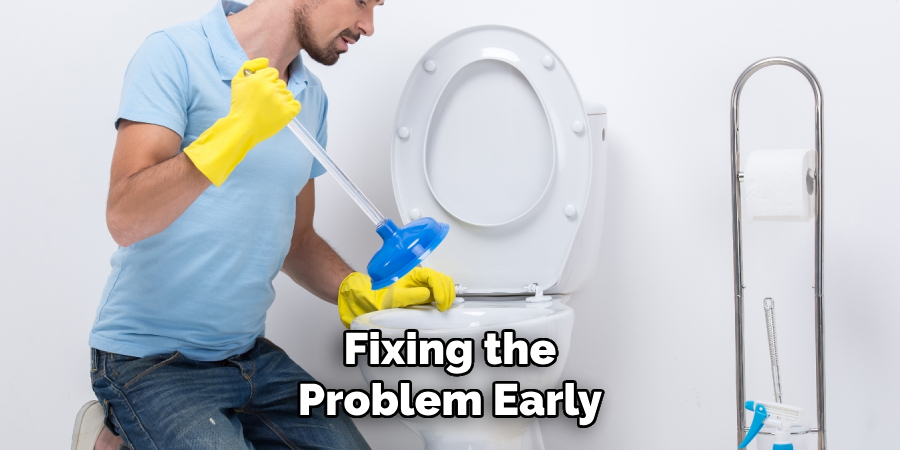
10 Methods How to Fix Air Lock in Toilet
1. Flush Multiple Times to Clear the Air Pocket
One of the simplest ways to remove an air lock in a toilet is to flush the toilet multiple times in succession. This action forces water through the system, which may dislodge trapped air.
If the toilet is refilling slowly or making gurgling noises, try waiting a minute between each flush to allow the tank to refill completely before trying again. This method is most effective for minor air locks that occur due to low water pressure or a brief disruption in the plumbing system.
2. Use a Plunger to Create Suction and Release Trapped Air
A plunger is one of the most useful tools for dealing with an air lock. Position a flange plunger firmly over the toilet drain and push down forcefully before pulling up to create suction. Repeat this process several times to dislodge the air pocket and allow water to flow freely again. The suction effect can help pull air out of the pipes and release it into the main drainage system, resolving the blockage.
3. Fill the Toilet Bowl with a Large Bucket of Water
Pouring a large bucket of water rapidly into the toilet bowl can generate enough pressure to push out trapped air. Fill a bucket with at least two to three gallons of water and pour it in quickly but steadily, ensuring that the water flows directly into the drain. This sudden force can help remove any air lock that is obstructing normal drainage.
4. Check and Clear the Vent Pipes on the Roof
Vent pipes allow air to escape from the plumbing system and help maintain water flow. If these vents are blocked by debris, leaves, or even bird nests, air can become trapped and cause an air lock.
To check the vents, climb onto the roof and inspect the opening for obstructions. Use a plumbing snake or a garden hose with high water pressure to clear any blockages. Keeping the vent pipes clear ensures that air can escape properly, preventing future air lock issues in the toilet.
5. Use a Plumbing Snake to Remove Blockages
If a clog or buildup of debris is causing the air lock, using a plumbing snake can help resolve the issue. Insert the snake into the toilet drain and rotate it while pushing it forward.
The snake will break up any obstructions that may be contributing to the problem. Once the blockage is cleared, flush the toilet to ensure smooth water flow. This method is particularly effective when an air lock results from partial clogs in the drainage system.
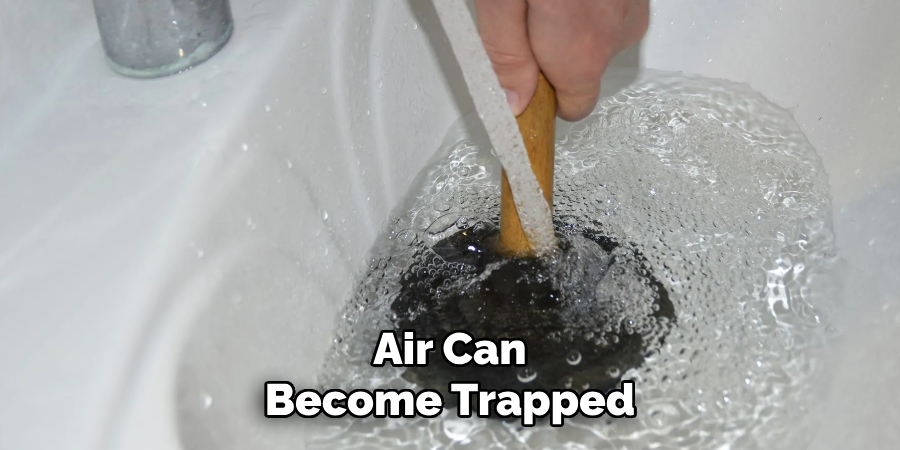
6. Turn Off the Water Supply and Drain the Toilet Tank
In some cases, air can become trapped within the toilet’s internal components. To address this, turn off the water supply valve and flush the toilet to drain the tank completely. Once emptied, turn the water supply back on slowly, allowing the system to refill without introducing additional air pockets. This process resets the water flow and may help eliminate any existing air locks within the toilet’s plumbing.
7. Use the Hose Method to Force Air Out
Another effective method involves using a garden hose to force trapped air out of the system. Insert one end of a hose into the toilet drain and connect the other end to a faucet.
Turn the water on slowly and allow it to flow through the hose into the toilet’s pipes. The increased pressure from the running water will help push the trapped air out. If possible, have someone observe nearby drains to ensure air bubbles are being released as the process takes place.
8. Check for Leaks in the Plumbing System
A minor leak in the plumbing system can contribute to air locks by allowing air to enter the pipes. Inspect all visible pipes, joints, and connections for signs of leaks.
If you find any leaks, repair them using plumber’s tape, pipe sealant, or replacement parts as necessary. Fixing leaks helps prevent air from entering the system in the future and ensures a consistent water flow, reducing the chances of another air lock forming.
9. Use a Wet/Dry Vacuum to Remove the Air Pocket
A wet/dry vacuum can be used to create a strong suction that removes trapped air from the toilet’s pipes. First, empty the toilet bowl of excess water. Then, place the vacuum hose over the toilet drain, creating as tight a seal as possible. Turn the vacuum on and let it run for a few minutes to pull out any trapped air. Once done, flush the toilet to see if the issue is resolved.
10. Call a Professional Plumber if the Problem Persists
If none of the above methods work, it may be time to call a professional plumber. Persistent air locks can indicate more significant plumbing issues, such as blocked sewer lines, collapsed pipes, or venting system failures. A licensed plumber will have specialized tools like high-pressure water jets and drain cameras to diagnose and fix the problem efficiently.
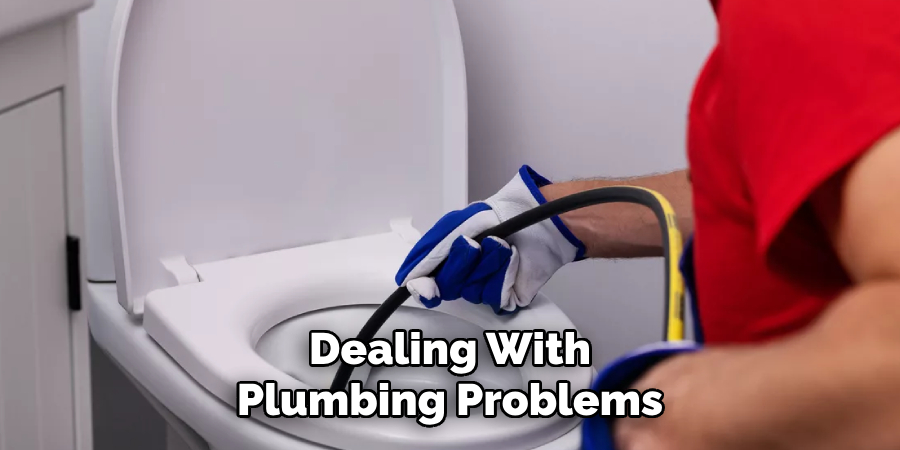
Troubleshooting Common Issues
When dealing with plumbing problems, identifying and resolving common issues can save time and effort. Below are some common toilet-related issues and tips for troubleshooting:
1. The Toilet Won’t Stop Running
A continuously running toilet is often caused by a faulty flapper, a misaligned float, or an issue with the fill valve. Check the flapper at the bottom of the tank to ensure it is sealing properly. Replace it if it’s worn out or damaged. If the water level in the tank is too high, adjust the float or fill valve to lower it. Regular maintenance can prevent these issues and improve water efficiency.
2. Weak or Slow Flushing
Weak flushing may occur due to a partial blockage in the drain or insufficient water in the tank. Ensure the water level in the tank reaches the fill line to provide enough flushing power. Clean the toilet rim’s jet holes with a brush or vinegar to clear out buildup that might reduce water flow. If the problem persists, check for hidden clogs in the trap or pipes and use a plunger or plumbing snake to clear them.
3. Toilet Bowl Water Level Fluctuations
Fluctuating water levels could indicate a blocked vent pipe or a leak in the drainage system. Inspect the vent pipe for any obstructions and clear them if necessary. Additionally, check for cracks or damage in the toilet bowl or surrounding pipes. Addressing these problems promptly will help maintain stable water levels and avoid further issues.
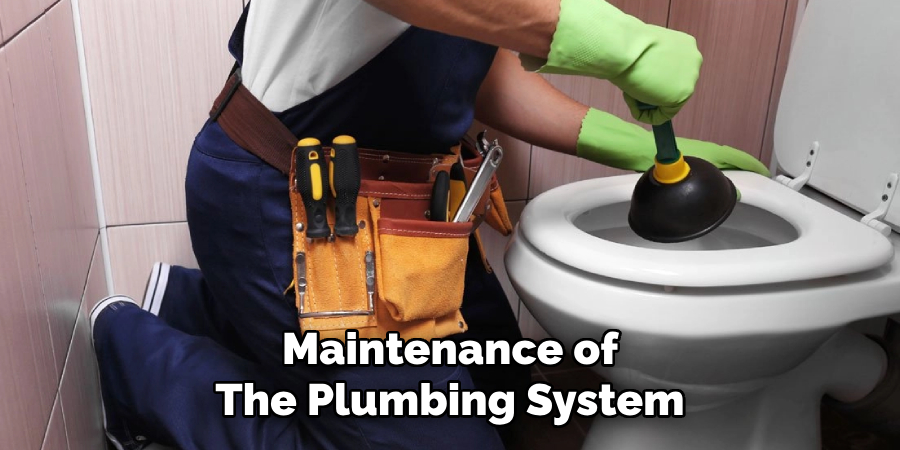
Conclusion
Fixing an air lock in a toilet requires patience and the right approach. While some methods, like flushing repeatedly or plunging, work for minor cases, others, such as clearing vent pipes or using a plumbing snake, may be necessary for more stubborn problems.
Regular maintenance of the plumbing system, including checking for leaks and keeping vents clear, can help prevent air locks from occurring in the future. Thanks for reading, and we hope this has given you some inspiration on how to fix air lock in toilet!

